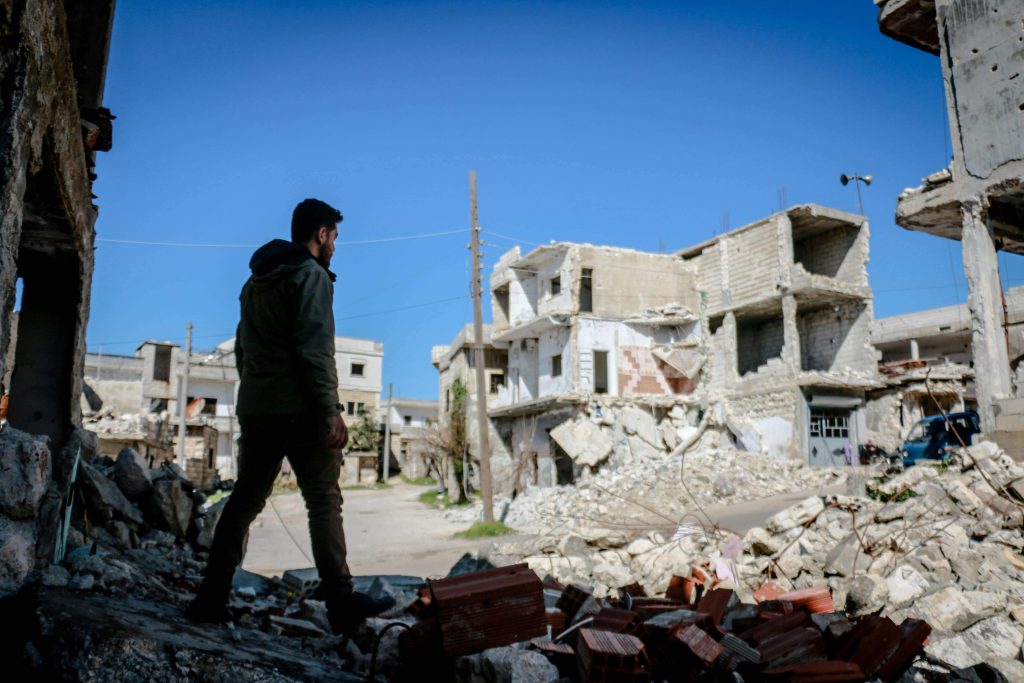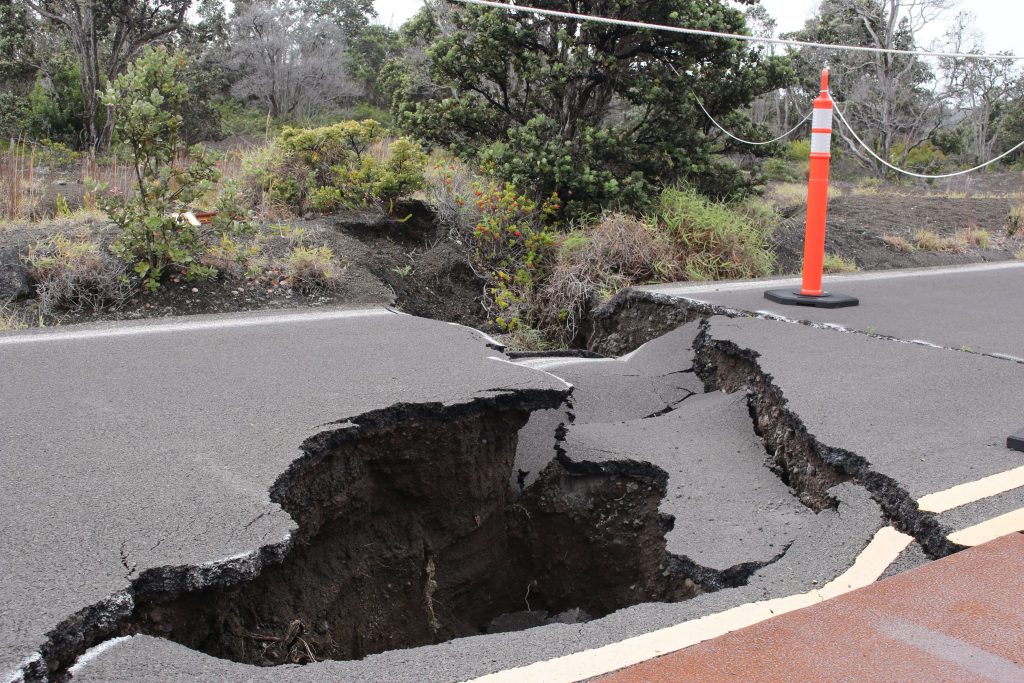
Geography Project On Earthquake For Class 9th
Acknowledgment
Embarking on this seismic journey into the world of earthquakes has been a collaborative effort, and I extend my heartfelt gratitude to those whose contributions have made this project possible.
First and foremost, I express my appreciation to the educators who have imparted knowledge and provided guidance throughout the exploration of earthquake causes, effects, and mitigation strategies. Your expertise has been an invaluable compass, steering this project towards a deeper understanding of these natural phenomena.
I extend my thanks to the scientific community whose research forms the bedrock of this endeavor. The tireless pursuit of knowledge and dedication to unraveling the complexities of earthquakes have laid the groundwork for a more informed exploration.
To my peers and fellow students, thank you for engaging in discussions, sharing insights, and contributing to the collective learning experience. Your enthusiasm and collaboration have enriched the project, making it a collaborative endeavor that transcends individual efforts.
Furthermore, I am grateful for the support from friends and family who provided encouragement and understanding during the project’s development. Your unwavering support has been a source of inspiration.
Lastly, to the broader community, thank you for fostering an environment that encourages curiosity and exploration. This project is a testament to the collective pursuit of knowledge and the shared commitment to understanding the forces that shape our world.
Together, these acknowledgments reflect the collaborative spirit that fuels the pursuit of knowledge, and I am sincerely grateful for the diverse contributions that have shaped this exploration into the realm of earthquakes.
With gratitude,
[Your Name]Introduction
In the ever-evolving tapestry of our world, natural phenomena hold a mysterious allure, captivating both the curious minds of students and the seasoned wisdom of educators. This project serves as a gateway into the intriguing realm of earthquakes – a force that has fascinated scientists and posed profound challenges to societies across the ages. As we embark on this journey, we will delve into the seismic tapestry of our planet, unraveling the causes, effects, and mitigation strategies associated with earthquakes. This exploration seeks not only to deepen our understanding of these geological events but also to cultivate a sense of preparedness and resilience among 9th-grade students. Join us as we navigate the intricate pathways of tectonic plates, measure the intensity of ground-shaking, and explore the real-world implications of seismic activity. Through this project, we aim to foster a holistic appreciation for the dynamic forces that shape our world and equip students with the knowledge to navigate the complexities of potential seismic events in the future. Welcome to a journey where science meets the profound mysteries beneath our feet – welcome to the seismic exploration of earthquakes.

The Roots of Earthquakes
At the heart of earthquake genesis lies the intricate ballet of tectonic plates. These mammoth sections of the Earth’s crust engage in a complex dance at various boundaries, including subduction zones, transform boundaries, and divergent boundaries, giving rise to seismic activities. Furthermore, human activities such as mining, reservoir-induced seismicity linked to dams, and the controversial hydraulic fracturing, commonly known as fracking, can induce earthquakes, albeit on a more modest scale.
Quantifying and Observing Earthquakes
In the quest to measure earthquake intensity, scientists employ scales like the Richter Scale and the Moment Magnitude Scale. Seismographs, those silent sentinels, play a pivotal role in recording and dissecting ground movements. The advent of Earthquake Early Warning Systems has further fortified our ability to provide advance notice, offering communities a crucial buffer against the impending impact.
Navigating the Aftermath: Effects of Earthquakes
The repercussions of earthquakes are multifaceted, encompassing ground shaking, surface rupture, and secondary calamities such as tsunamis and landslides. A profound comprehension of these effects becomes imperative in devising and executing effective mitigation strategies and emergency response plans.
Echoes Through Time: Notable Earthquakes in History
History bears witness to seismic events that have left an indelible mark. From the annihilation of Pompeii in 62 AD to the cataclysmic San Francisco earthquake of 1906, the seismic upheaval of the Great Kanto quake in 1923, the formidable Alaska earthquake of 1964, and the catastrophic Indian Ocean earthquake and tsunami in 2004, these events have profoundly shaped our understanding of the relentless force wielded by these natural disasters.
Mitigation and Preparedness
Shielding communities from the formidable impact of earthquakes involves a proactive approach, embracing advancements in building design and construction that prioritize seismic resilience. The very foundation of this endeavor rests on emergency preparedness plans, meticulously crafted at both individual and community levels, serving as a crucial line of defense against potential casualties and structural damages. Public education and awareness campaigns stand as pillars in fostering a resilient society, especially in regions prone to seismic activities.

Case Study: Earthquake in [Your Chosen Location]
Now, let’s delve into a practical illustration – a case study focusing on a specific earthquake in a carefully chosen location. This real-world example will serve as a lens through which students can apply the acquired knowledge, gaining insight into the tangible implications of seismic activity and the pivotal role played by effective mitigation measures.
Conclusion
As we draw the curtains on this seismic exploration, we reflect on the profound journey into the world of earthquakes that has unfolded. This project has been more than a mere academic pursuit; it has been a venture into the very essence of our planet’s dynamic nature. Through the exploration of causes, effects, and mitigation strategies associated with earthquakes, we have sought to illuminate the intricate mechanisms that shape our geologic landscape.
Our journey has taken us from the colossal movements of tectonic plates to the delicate dance of seismic waves recorded by vigilant seismographs. We’ve examined the devastating effects of earthquakes, from ground-shaking to the far-reaching consequences of tsunamis and landslides. The strategies to mitigate these impacts have unfolded before us, revealing the importance of resilient structures, meticulous emergency preparedness, and public awareness campaigns.
In crafting this project, our aim was not only to disseminate knowledge but to instill a sense of preparedness and resilience among 9th-grade students. Earthquakes, though formidable, need not be feared. Instead, armed with understanding and awareness, we can navigate their complexities and work towards building communities that stand strong in the face of seismic challenges.
The case study provided a tangible example of the real-world implications of seismic activity, illustrating the crucial role of effective mitigation measures. Through this, we hope students have gained insight into the transformative potential of the knowledge acquired throughout this exploration.
As we close this chapter, let the understanding cultivated here serve as a foundation for future inquiry and a source of empowerment. May the knowledge gained on this seismic journey resonate as a call to action, inspiring a generation equipped to grapple with the forces that shape our dynamic world.
In the spirit of exploration and understanding,
[Your Name]Bibliography
- United States Geological Survey (USGS). “Earthquake Hazards Program.”
- Incorporated Research Institutions for Seismology (IRIS). “Teaching Seismology.”
- Federal Emergency Management Agency (FEMA). “Earthquake Safety at Home.”
- Richter, Charles F. “Elementary Seismology.”
- National Geographic. “Earthquakes.”
- The Seismic Monitor. “Real-time Earthquake Map.”
Certificate of Completion
[Student’s Name][Class/Grade Level]This is to certify that I, [Student’s Name], a [Class/Grade Level] student, have successfully completed the “Geography Project On Earthquake For Class 9th.” The project explores the fundamental principles and key aspects of the chosen topic, providing a comprehensive understanding of its significance and implications.
In this project, I delved into in-depth research and analysis, investigating various facets and relevant theories related to the chosen topic. I demonstrated dedication, diligence, and a high level of sincerity throughout the project’s completion.
Key Achievements:
Thoroughly researched and analyzed Geography Project On Earthquake For Class 9th
Examined the historical background and evolution of the subject matter.
Explored the contributions of notable figures in the field.
Investigated the key theories and principles associated with the topic.
Discussed practical applications and real-world implications.
Considered critical viewpoints and alternative theories, fostering a well-rounded understanding.
This project has significantly enhanced my knowledge and critical thinking skills in the chosen field of study. It reflects my commitment to academic excellence and the pursuit of knowledge.
Date: [Date of Completion]Signature: [Your Signature] [School/Institution Name][Teacher’s/Examiner’s Name and Signature]
In order to download the PDF, You must follow on Youtube. Once done, Click on Submit
Follow On YoutubeSubscribed? Click on Confirm
Download Geography Project On Earthquake For Class 9th PDF






